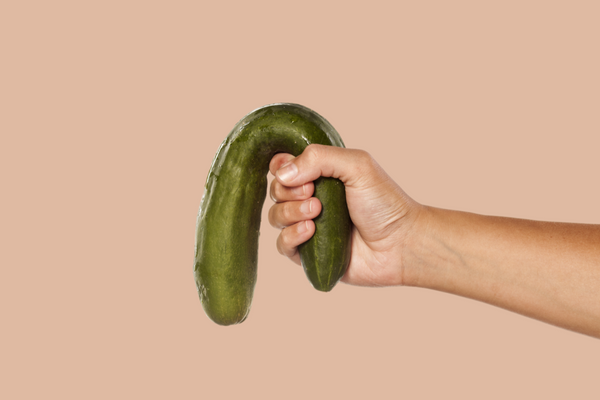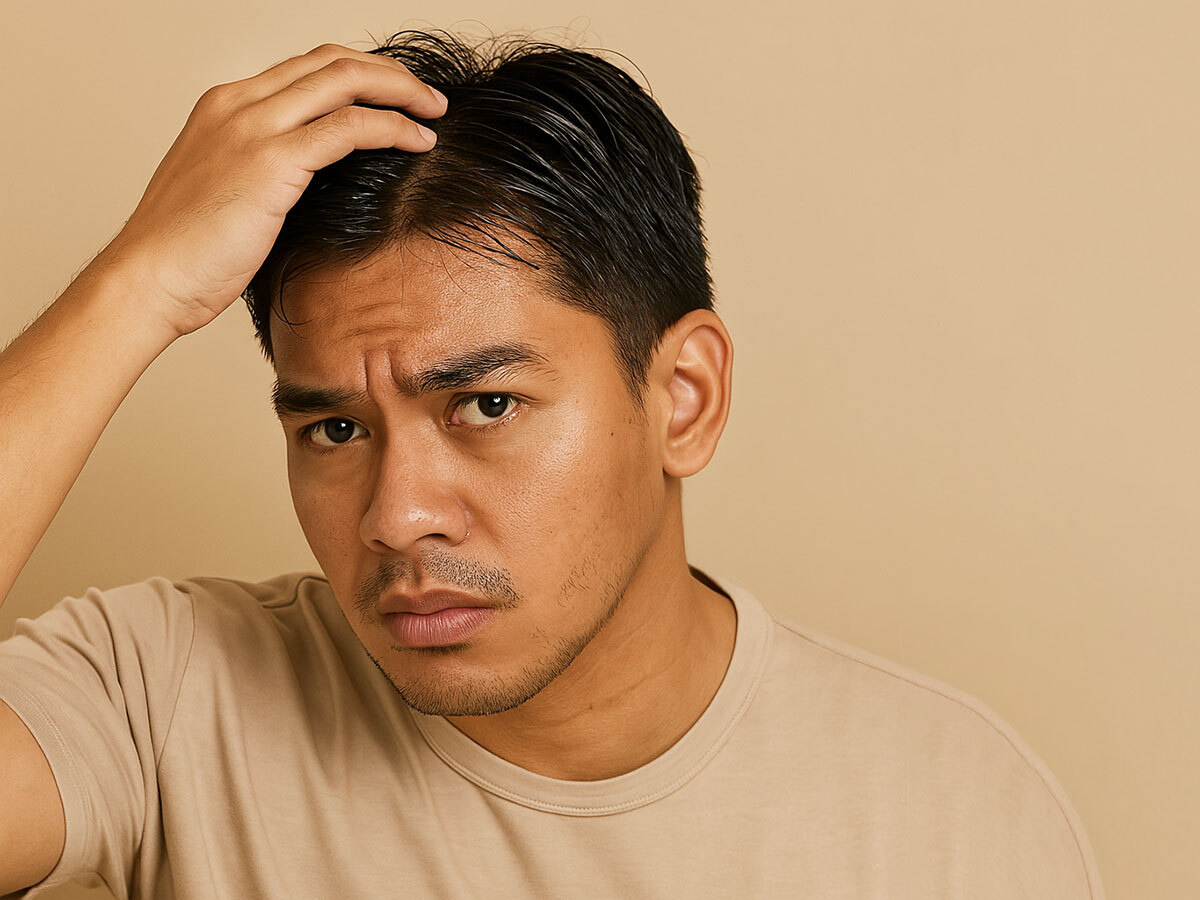If you live in the Philippines, you know that humid weather isn’t just tough on your skin—it’s also tough on your hair. One of the most common hair concerns in a tropical climate? Greasy, oily scalp.
You wash your hair in the morning, and by lunchtime it already looks limp, flat, and shiny (in the wrong way). Sound familiar? You're not alone.
Let’s break down what causes greasy hair and, more importantly, how to stop it—without overwashing, damaging your scalp, or making the problem worse.
Why Is Your Hair So Greasy in the Philippines?
Before we get into the solutions, it’s important to understand the root cause.
Greasy hair happens when your scalp produces too much sebum—a natural oil that helps moisturize and protect your skin and hair. But in hot, humid conditions like those in the Philippines, sebum production can go into overdrive.
Other common triggers include:
-
Washing too often or with harsh shampoo
-
Using heavy conditioners or styling products
-
Hormonal fluctuations (like during your period or stress)
-
Touching your hair frequently
-
Wearing hats or helmets for long periods
Good news: there are ways to manage all of these without compromising your hair health.
1. Don’t Overwash Your Hair
It might seem counterintuitive, but washing your hair too often can actually make it more oily. Why? Because frequent washing strips your scalp of its natural oils, which triggers it to produce even more sebum to compensate.
According to the American Academy of Dermatology, overwashing can disrupt your scalp's balance and lead to increased oiliness. In a humid country like the Philippines, washing every day might feel necessary—but if you’re struggling with greasy roots, try washing every other day instead. Give your scalp a chance to rebalance.
Try alternating with co-washing (conditioner-only washing) or rinsing with water between full washes to maintain scalp balance.
2. Choose the Right Shampoo (Look for “Clarifying” or “Volumizing”)
Opt for shampoos labeled “clarifying,” “oil control,” or “volumizing.” These formulas are usually lighter and better at removing excess oil without weighing down your strands.
Avoid “moisturizing” or “smoothing” shampoos if your hair is already oily—they’re designed for dry hair and might add more buildup.
And don’t forget to rinse thoroughly. Leftover shampoo residue can attract dirt and oil throughout the day. A clarifying shampoo once a week can help remove product buildup and deep-clean the scalp (Healthline).
If you have colored or chemically treated hair, make sure to choose a clarifying shampoo that’s sulfate-free and safe for treated strands.
3. Go Easy on the Conditioner
If your hair is greasy at the roots but dry at the ends, try applying conditioner only from mid-length to the tips—never on your scalp.
Use a lightweight, non-silicone formula if possible. Heavy conditioners and serums can cling to the hair shaft and make it feel greasier faster.
Once or twice a week, consider skipping conditioner altogether or using a leave-in spray conditioner that targets the ends without adding weight.
4. Use Dry Shampoo Between Washes
Dry shampoo is a lifesaver in a humid climate. It absorbs excess oil and adds volume, helping your hair look fresher without a full wash.
Sprinkle or spray it at the roots, wait a few minutes, then massage it in. Look for formulas made for Asian hair or designed to work in high humidity. Dermatologists recommend not overusing dry shampoo, as it can clog follicles if left on the scalp for too long.
If you’re concerned about buildup, try alternating between powder-based and spray-based dry shampoos, or use a gentle scalp toner between washes.
5. Avoid Touching Your Hair Too Much
Every time you run your fingers through your hair or tuck it behind your ears, you’re transferring oil from your hands to your scalp.
Try to keep your hands away from your hair during the day, especially if you have naturally oily skin.
If you often wear your hair down, consider switching to clips, headbands, or braids to reduce the temptation to constantly adjust your hair.
6. Clean Your Brush and Comb Regularly
Your hairbrush can collect oil, product residue, dust, and dead skin—then redistribute it every time you brush.
Clean your brush once a week with warm water and gentle shampoo. This simple habit can make a big difference in keeping your hair looking clean longer.
You can also use a fine-toothed comb or wide-tooth detangler brush that is easier to clean and doesn’t hold on to buildup as much as padded brushes.
7. Choose Hairstyles That Keep Hair Off Your Face
Keeping your hair off your face helps reduce oil transfer from your forehead and cheeks. Styles like ponytails, buns, or braids are especially helpful when commuting or working outdoors in the heat.
This also minimizes sweating around your scalp, which can contribute to greasy buildup.
Opt for heatless hairstyles to reduce damage and keep your scalp less irritated. Accessories like silk scrunchies or clips can help hold hair in place without creating friction.
8. Don’t Skip Scalp Care
Your scalp is skin too—and it needs proper care. Try using a gentle scalp exfoliant once a week to remove product buildup and dead skin cells.
You can also incorporate products with ingredients like salicylic acid, tea tree oil, or niacinamide, which help regulate sebum production without drying out your scalp.
Look for lightweight, rinse-out scalp treatments or leave-in tonics made for oily hair types. According to DermNet, regular scalp care can help reduce oiliness and prevent seborrheic dermatitis.
If you’re dealing with persistent oiliness and itching, consider talking to a dermatologist or trichologist to rule out scalp conditions like fungal overgrowth or seborrheic eczema.
Bonus Tips: Lifestyle Habits That Help
Sometimes, greasy hair isn’t just about your hair products. Your lifestyle matters too. Here are a few everyday tips:
-
Eat a balanced diet. A diet high in processed food, sugar, and dairy may contribute to excess oil production.
-
Stay hydrated. Drinking enough water helps keep your skin and scalp balanced.
-
Manage stress. High cortisol levels can impact hormone balance and oil production.
-
Change your pillowcase regularly. Oils and product residue build up on your pillowcase and transfer back to your scalp overnight.
-
Avoid tight headwear for long periods. Trapping heat and sweat around your scalp can make greasiness worse.
Final Thoughts
Greasy hair is frustrating—but manageable. By making a few smart swaps in your routine and staying consistent, you can train your scalp to stay balanced, even in the sticky heat of the Philippines.
Remember, the goal isn’t to eliminate all oil (some sebum is healthy)—it’s about finding a routine that keeps your scalp fresh without triggering overproduction.
Want more personalized tips? andyou offers modern solutions for hair health that work with your climate, not against it. Keep reading our blog for more science-backed advice designed for life in the Philippines.















